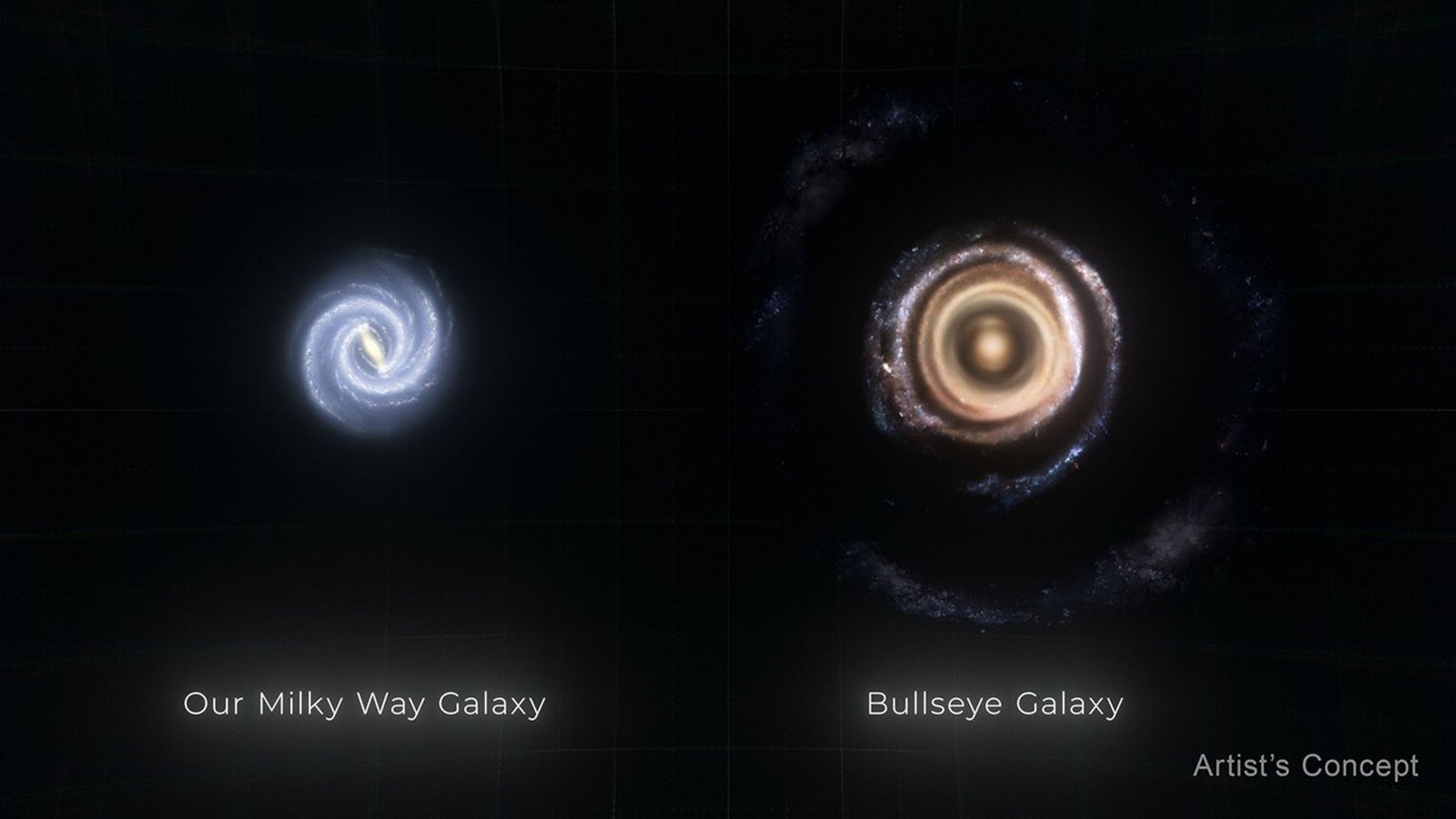A classic Apollo moment – Moon farts
Today’s video is brought to you by the letter F! Too little of one thing can lead to too much of another. Should have stuck with bananas, huh boys?
Today’s video is brought to you by the letter F! Too little of one thing can lead to too much of another. Should have stuck with bananas, huh boys?
Best joke ever. Grumman plays a joke on NASA. Hey, they even got a discount! Gotta love their sense of humor, right?
A month before Neil Armstrong’s infamous Apollo 11 flight, he, at the request of Life Magazine, reflected on the meaning of the soon-to-be moon landing.

Many of us are familiar with several types of galaxies, but what the heck was this?
Given enough time, Earth (4.543 billion years) and Mars (4.603 billion years) have created some interesting topology thanks to the effects of wind, erosion and other meteorologic and geologic forces, and this is what you get. The sands of time can be quite creative.
Many throughout the world were able to experience another great evening of auroras on New Year’s Day 2025. However, there’s a catch, some actually saw what are known as SAR arcs. These were first discovered in 1956. Researchers weren’t sure what they were and gave them the misleading name, Stable Auroral Red arcs.